Understanding Pickleball Rules: Ensuring Fairness
Understanding Pickleball Rules: The Logic Behind the Game
Have you ever pondered the reasoning behind the rules that govern the game? This article aims to dissect the rationale behind pickleball’s rules, particularly how understanding pickleball rules contribute to a balanced and equitable match. Ever wondered why a doubles pickleball match commences with 0-0-2 or zero, zero, start? Let’s delve into that.
Understanding the Serving Rules: Ensuring a Balanced Start
In doubles pickleball, the match starts with a peculiar score of 0-0-2. This rule is not arbitrary but is designed to maintain fairness from the get-go. By allowing one team to begin with the serve, it designates that player 1 on team A has the first serve until side out. Then, team B gets two opportunities to serve, and then it’s back to team A. This system splits the first four serves evenly between the two teams, preventing any team from starting with the advantage of serving twice in a row.
Understanding the Two-Bounce Rule: Leveling the Playing Field
Another rule that promotes fairness in pickleball is the two-bounce rule. This pickleball rule states that each team must let the ball bounce once on their side of the court before volleys are allowed. This rule prevents aggressive, fast-paced volley exchanges right off the serve, which could potentially give an unfair advantage to more experienced or skilled players. By requiring two bounces, the game slows down, allowing both teams an equal opportunity to set up their strategies.
Understanding the No Volley Zone: Promoting Strategic Play
The no volley zone, also known as the kitchen, is a seven-foot area on both sides of the net where players cannot volley the ball. This rule prevents players from executing smashes right at the net, a strategy that could easily dominate the game if left unchecked. By establishing the no volley zone, pickleball rules encourage players to use strategic positioning and shot placement, rather than brute force, to win points.
Additional Pickleball Rules for Fairness
Several other rules in pickleball help maintain fairness and balance in the game. Understanding these rules, among others, ensure that pickleball is a game of skill, strategy, and fairness, rather than a game dominated by any unfair advantages.
Faults
Faults in pickleball serve as a check and balance to ensure fair play. For instance, if a player serves before the referee completes the score announcement, it’s considered a fault. This rule ensures that both teams are ready and aware before the serve, maintaining fairness.
Double Hit
The double hit rule states that a player or team cannot hit the ball twice in succession. This rule prevents a player or team from gaining an unfair advantage by hitting the ball twice before it goes over the net.
Service Court Errors
The server must serve diagonally, targeting the opponent’s service court. If the server misses the service court, it’s a fault. This rule ensures that the server doesn’t gain an unfair advantage by serving straight to the opponent or serving to the wrong court.
Line Calls
In pickleball, a ball is considered in if any part of it touches the line. This rule ensures that close line calls are fair and consistent.
Switching Sides
In a match that is more than one game, teams switch sides at the end of each game and at the midpoint of the deciding game (if there is one). This rule ensures that no team has a consistent advantage due to external factors like sun, wind, etc.
Non-Volley Zone Violations
A player cannot step into the non-volley zone and hit a volley. This rule prevents players from gaining an unfair advantage by smashing the ball close to the net.
Service Order
In doubles pickleball, there’s a specific order of service. The player on the right side (even side) of the court serves first and continues to serve as long as their team scores points. When their team commits a fault, the serve passes to the other team. This rule doesn’t ensure that a single player can’t dominate the game with their serve, but it limits the possibility.
Understanding the Server Switch Rule: Ensuring Equal Opportunity
In doubles pickleball, there’s an important rule that further ensures fairness in the game – the server switch rule. After winning a point, the server switches sides to serve to the other opponent on the opposite team. This rule prevents the same player from being served to over and over again, which could potentially give an unfair advantage to one team. By requiring the server to switch sides after winning a point, the game ensures that both opponents on the receiving team have equal opportunities to play and contribute to the game.
Receiving Team Positions
The player on the right side of the receiving team must be the first to return the serve. This rule ensures that the same player on the receiving team doesn’t always get to return the serve, which could potentially give that team an unfair advantage.
Dead Ball
The ball is declared dead when a fault is committed by the serving team. The serve then passes to the next server or the other team. This rule ensures that a team cannot continue to play and potentially score after committing a fault.
Serving Out of Turn
If a player serves out of turn, a fault will be declared. This rule ensures that players serve in the correct order, maintaining the balance of the game.
Distractions
The rule prohibits players from intentionally distracting their opponents. This regulation guarantees that skill and strategy, not unsportsmanlike conduct, win the game.
Equipment Regulations
Pickleball has specific regulations for paddles and balls to ensure that no player or team has an equipment-based advantage.
These rules, and the ones we previously mentioned, maintain a level playing field in pickleball. They ensure that skill, strategy, and teamwork, not unfair advantages, determine the game’s outcome.
Understanding Fairness: The Core of Pickleball Rules
In conclusion, the essence of understanding pickleball rules is to promote fairness and balance in the game. The design of each rule, whether about serving, volleying, scoring, or equipment, aims to create a level playing field. This guarantees that skill, strategy, and teamwork, not any unfair advantages, determine the game’s outcome.
Every aspect of the game, from the unique serving rules to the two-bounce rule, the non-volley zone, and the specific order of service, is carefully calibrated to uphold fairness. Even the rules about faults, line calls, and equipment regulations are in place to prevent any team or player from gaining an undue advantage.
By understanding these rules and the reasons behind them, players can better appreciate the game of pickleball. It’s not just about winning or losing, but about playing a fair and enjoyable game. So, the next time you step onto the pickleball court, remember that every rule is there to ensure a fair, balanced, and fun game for all.

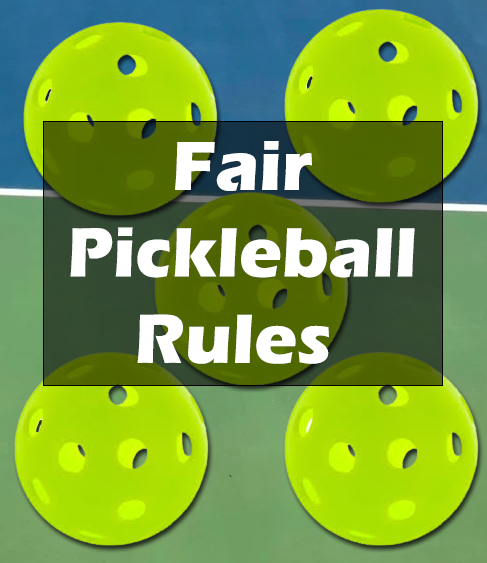

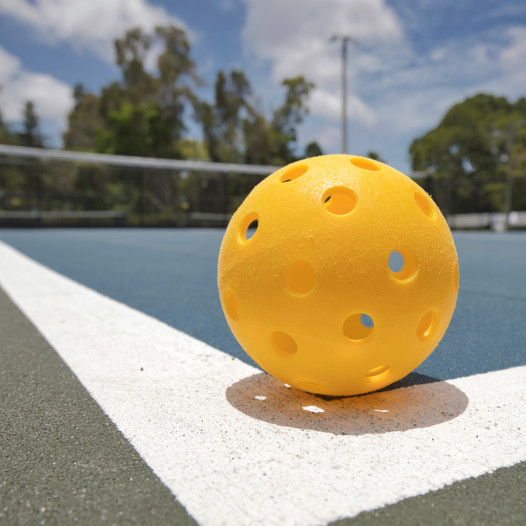
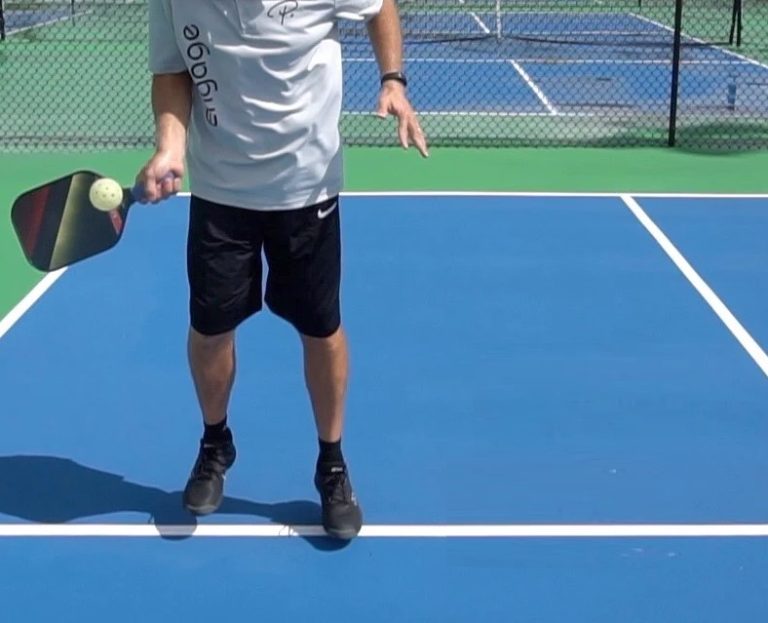
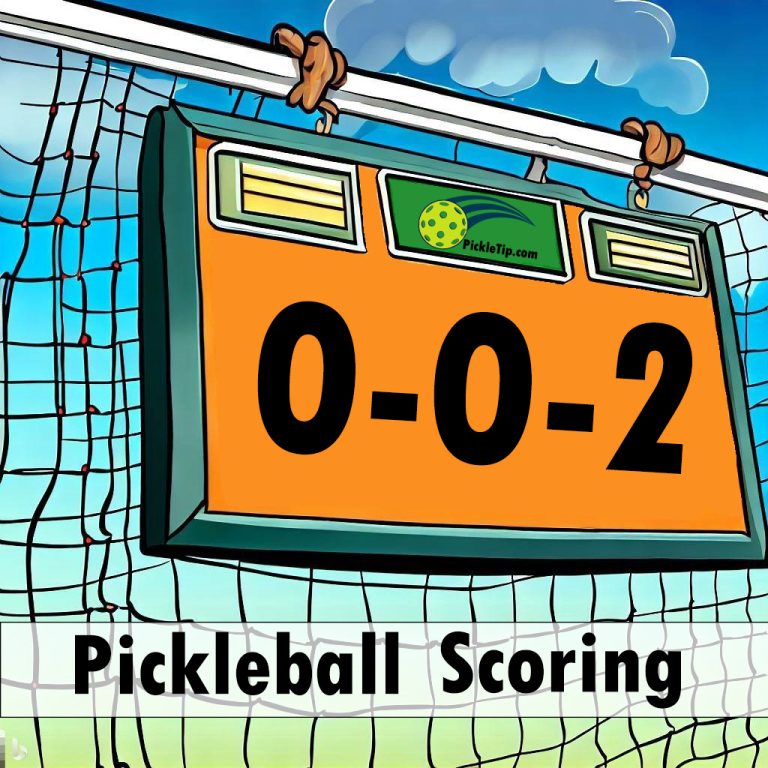
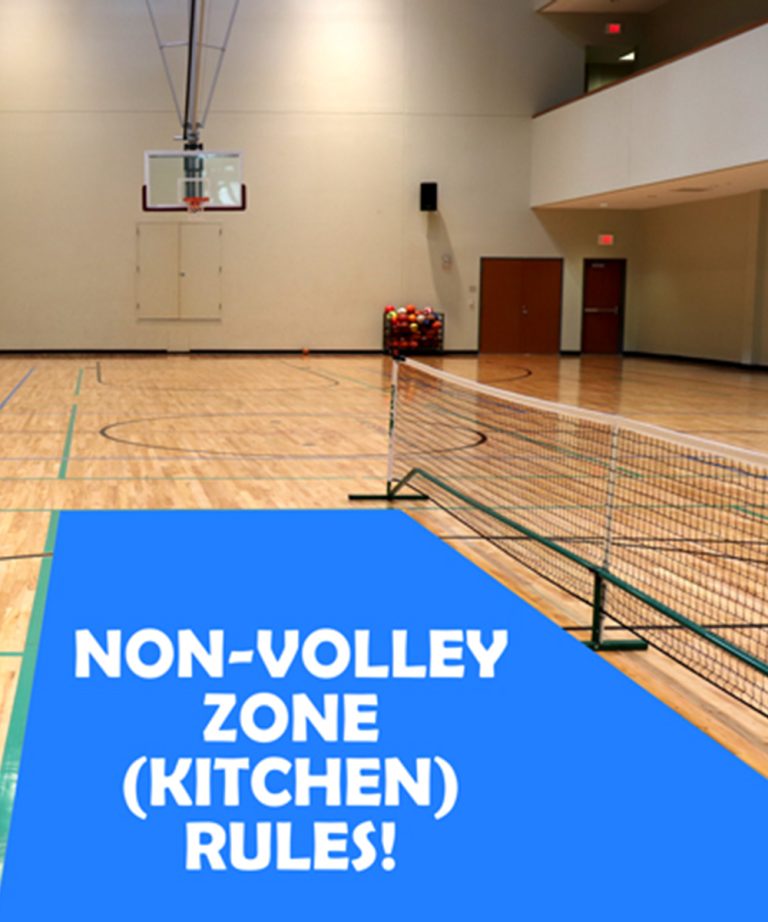
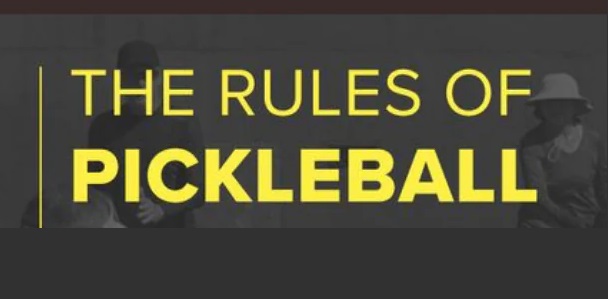
I would like to commend the comprehensive and insightful exploration of pickleball rules in your article. The detailed analysis not only sheds light on the basic regulations but also delves into the rationale behind each rule, emphasizing the core principle of fairness that governs the game.